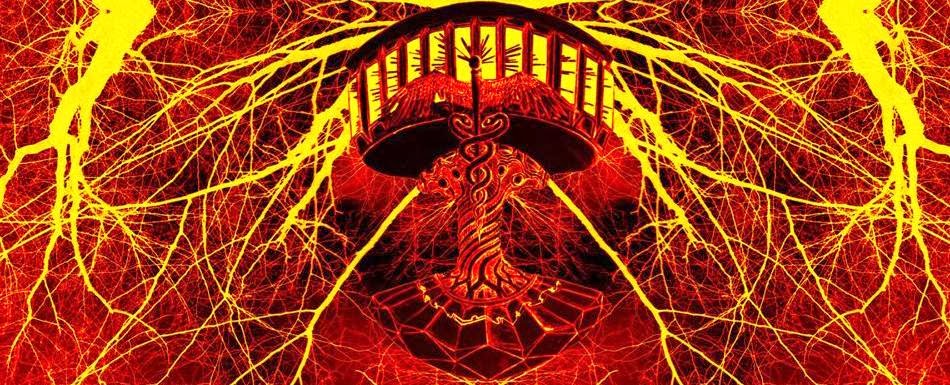Well, it's been a while since I've posted here. Apologies to my adoring fans. ;)
Recent conversations on occult lists have got me thinking about research in the occult. It is extremely important to know where the material you're using in your practices came from, and how it integrates into your system of performing magick, but at the same time, the fact is that much of the material available is limited.
I've seen people argue incessantly about recent Egyptian archaeological evidence impacting Golden Dawn rituals. I've seen people make various claims about the Goetia because of the similarity of the names of the spirits to ancient gods from other cultures. I've seen the Hermetic QBL totally gutted by some people's research into the traditional Kabbalah in the context of Hasidism.
Research is a valuable tool, but at a certain point in our research we must apply the knife. Take the Goetia, for example. The names in the list include Ashtoreth, and lots of people say its a demonized version of Ishtar-Isis. The argument is that the system of Goetic magic can't be trusted because it casts entities from a particular culture in a role that they didn't have originally. The Goetic "Ashtoreth" is a perversion of Isis, so if you summon Isis using the Goetia, you'll piss her off and have an angry spirit to deal with.
However valid this idea might sound, in practice Ashtoreth is a friendly entity. It must be understood that when the Goetia was compiled, it drew from all kinds of resources and cast the spirits into the context in which they are presented in the text. At that point, they ceased being the entities of the previous system they were adapted from, and became new manifestations of the properties they embody. Ashtoreth may or may not have been Isis to some people at some point in history, but Ashtoreth summoned through the rites of the Goetia is not Isis. It's Ashtoreth.
Applying the model of the four worlds of hermetic QBL, Atziluth, Briah, Yetzirah, and Assiah, the Goetia is an Assiahtic (material) representation of the Yetziratic (symbolic) interpretation of the Briahtic (conceptual) spirits that revealed themselves from the Assiatic (archetypal) realm to the compiler(s) of the Goetia.
Modern research can track back the sources of the system presented in the Goetia up to the limit of the Briahtic stage. We can see the forms that were used to symbolize the spirits in the Yetziratic stage, and we can make a scientific wild-ass guess about where these symbols came from, but we cannot know what was going on in the Briahtic or Atziluthic stages of its creation.
Knowing where our realm of knowledge ends and conjecture begins gives us a guide for where to apply the knife. When your practice begins to trespass into realms of speculation, you must cut off the absolute authority of your knowledge and return to the realm of theory, and approach your conclusions the way a scientist approaches experimentation.

Thanks for your new post! It had to be said about Ashtoreth as he is something else entirely as a Goetic spirit as well as a Verum spirit.
ReplyDeleteHey, you know, I'm named after St. Patrick, but if someone calls me (not that anyone ever does, grumble), they get *me*, not the saint.
ReplyDeleteMaybe some of the goetic spirits are just named after pagan gods.